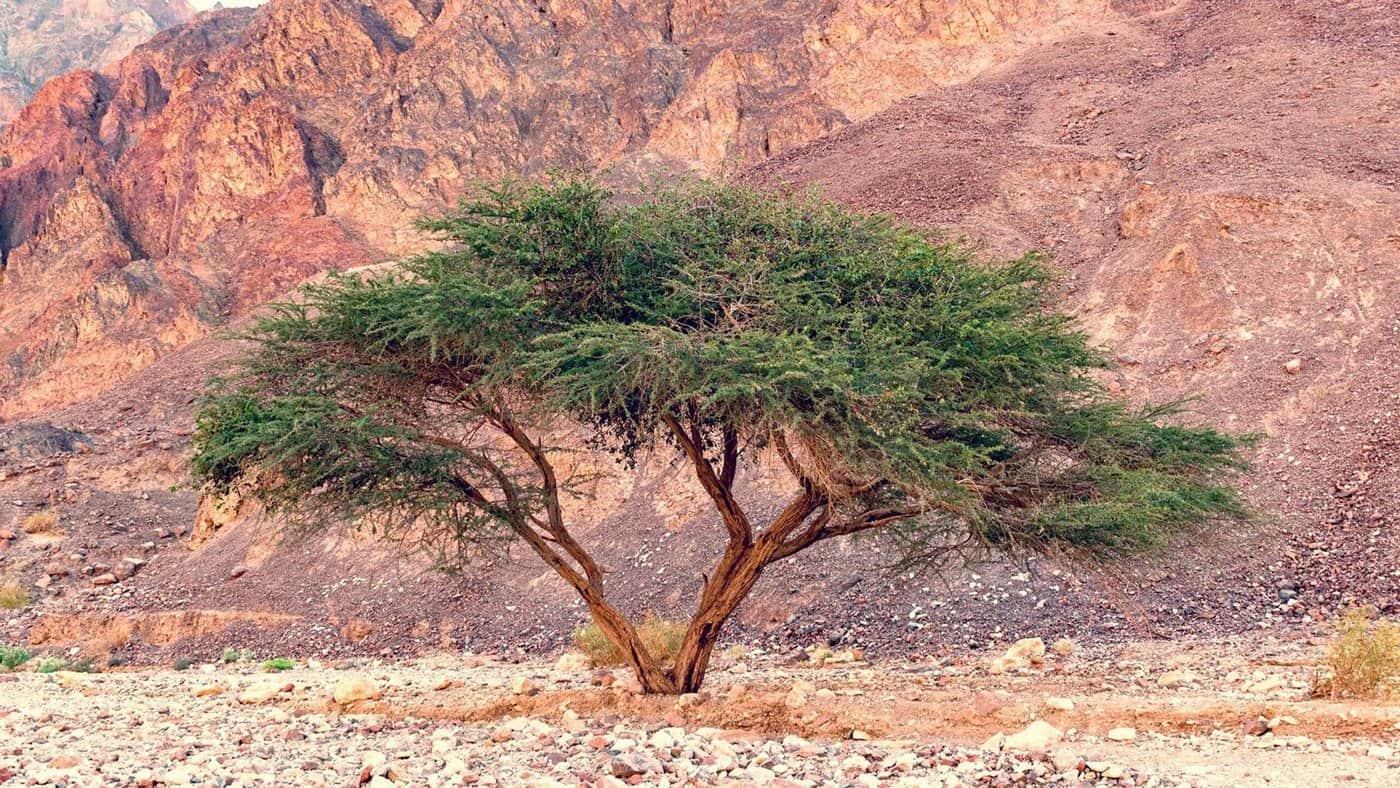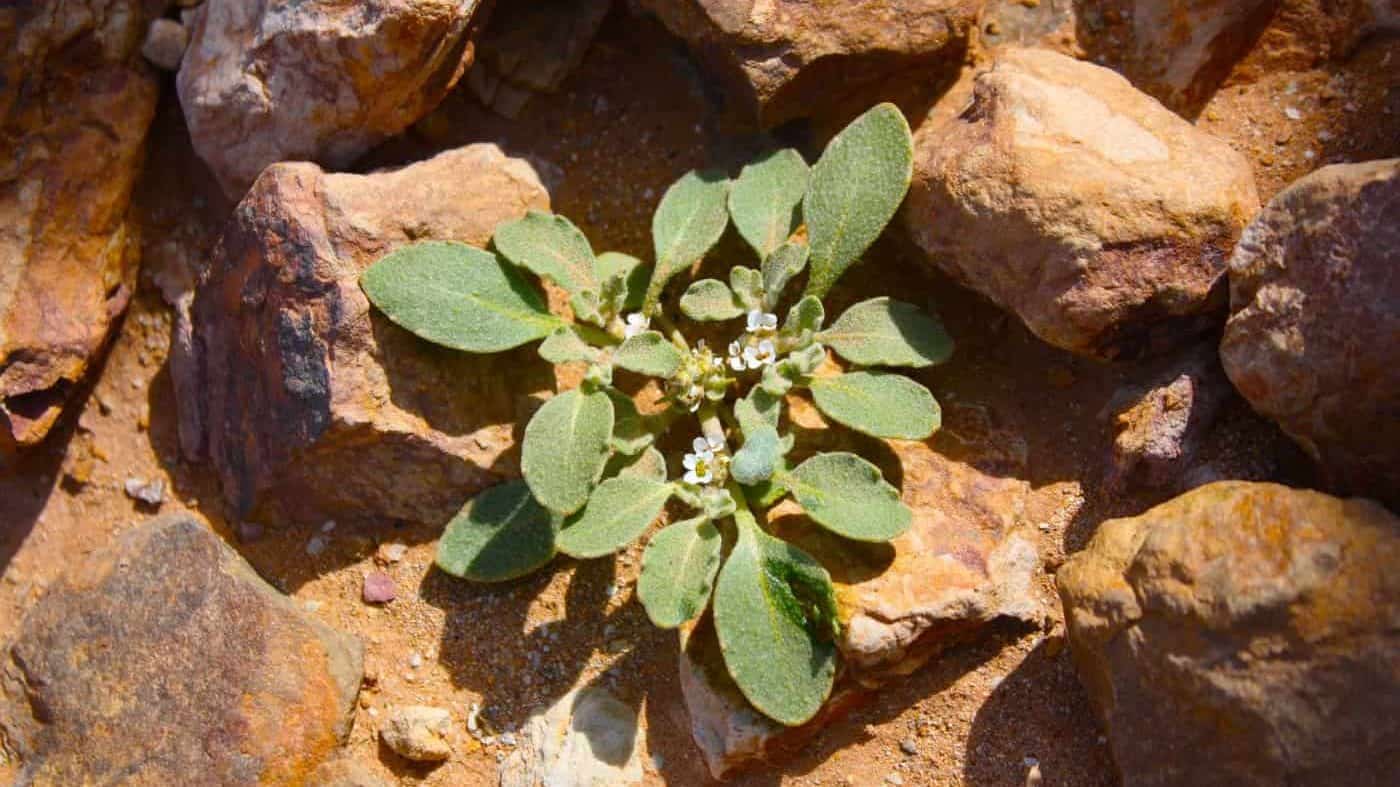With its scorching sun, arid winds, and relentless heat, the desert might seem like an inhospitable place for life. Yet, some of the world’s most incredible plant adaptations have evolved to thrive in these harsh environments. Here are some remarkable ways in which desert plants have adapted to their challenging surroundings:
Water Storage:
Desert plants, such as cacti and succulents, have specialized tissues that allow them to store water for extended periods. Their fleshy stems and leaves act as reservoirs, enabling them to endure long dry spells.
Reduced Leaf Surface:
Many desert plants have evolved tiny or no leaves to minimize water loss through transpiration. Instead, they rely on modified structures like spines, which protect them from herbivores and direct sunlight.
The Acacia Tree in Israel

Desert Plants Adaptations – Deep Root Systems:
Desert plants often develop extensive and deep root systems that enable them to tap into groundwater sources. These roots can reach depths where water is still accessible, even in the driest conditions.
Photosynthetic Stems: Some desert plants, like the ocotillo, have green, photosynthetic stems that produce energy even when they shed their leaves during dry periods.
Thick Cuticles: The outer surface of desert plants is coated with a thick layer called a cuticle. This waxy coating reduces water loss by slowing transpiration and protecting the plant from intense sunlight.
Rose of Jericho

Credit: Phil41, CC BY 1.0, via Wikimedia Commons
Desert Plants Adaptations – CAM Photosynthesis:
Many desert plants employ CAM (Crassulacean Acid Metabolism) photosynthesis. This unique process allows them to open their stomata at night, when it’s more relaxed and less humid, to take in carbon dioxide, which they store and use for photosynthesis during the day.
Reproductive Strategies: Desert plants have developed clever reproductive strategies to ensure survival. Some produce seeds with hard shells that can withstand extreme temperatures, while others rely on rapid germination when water becomes available.
Heat Tolerance: Desert plants are adapted to handle extreme temperatures. They may have heat-reflecting or heat-absorbing surfaces to regulate their temperature and protect sensitive tissues.
Halophytes: In salt flats and coastal deserts, halophytic plants thrive in saline soil by developing mechanisms to exclude or tolerate high salt levels.
Protective Hairs: Some desert plants, like the desert holly, have tiny hairs on their surface that help trap moisture from the air and reduce evaporation.
Ein Gedi Nature Reserve
Short Growth Cycles: Many desert annuals have very short growth cycles to take advantage of rare rainfall. They remain dormant most of the year and quickly grow, flower, and produce seeds when rain arrives.
These remarkable adaptations showcase the resilience and ingenuity of desert plants. They survive and often thrive in environments that challenge most forms of life. Desert ecosystems, with their unique flora and fauna, remind us of how life can adapt to even the harshest conditions.







